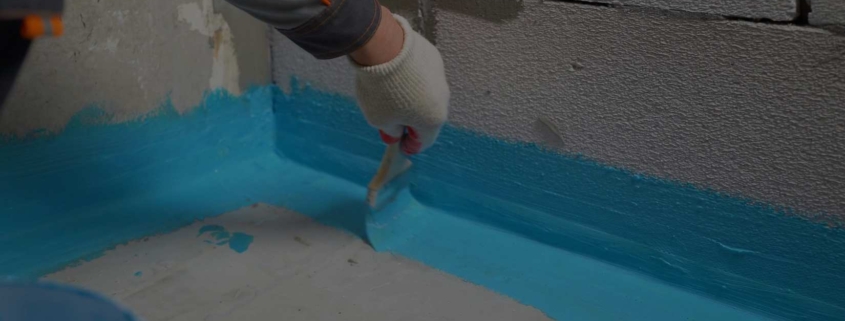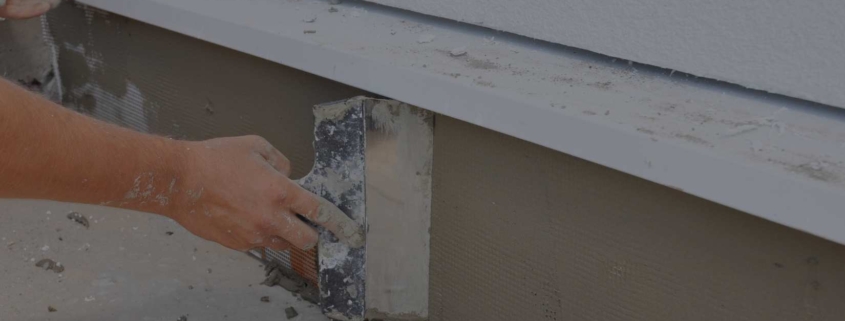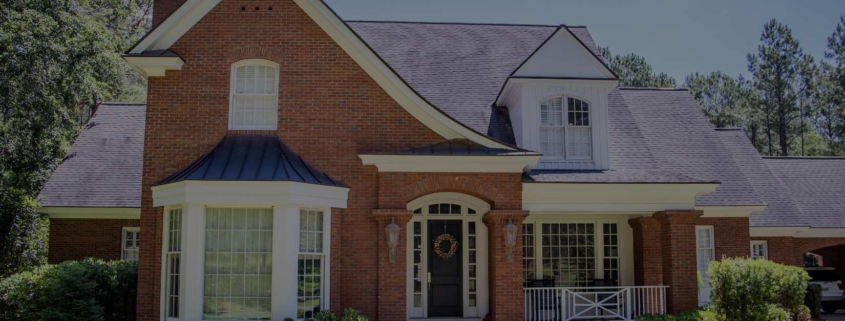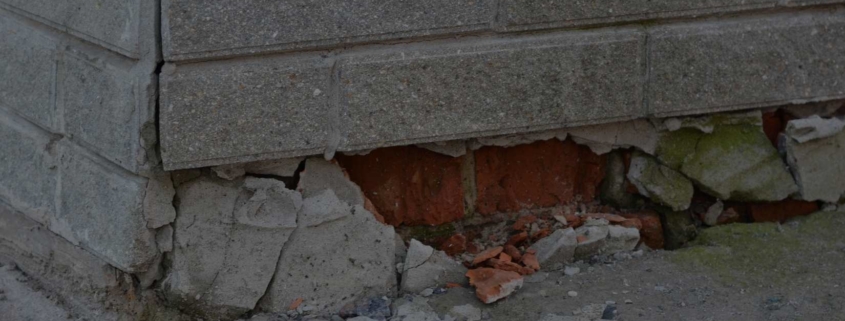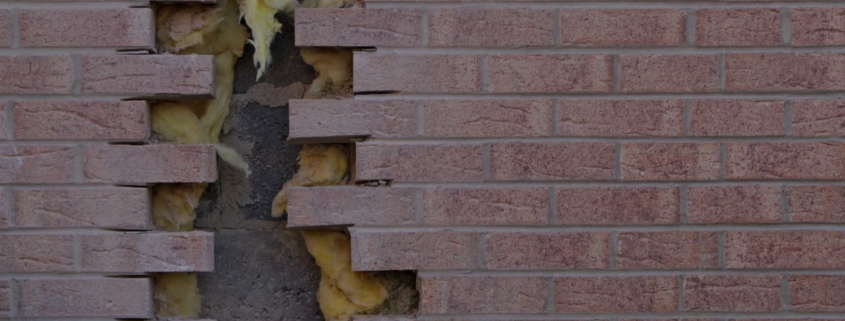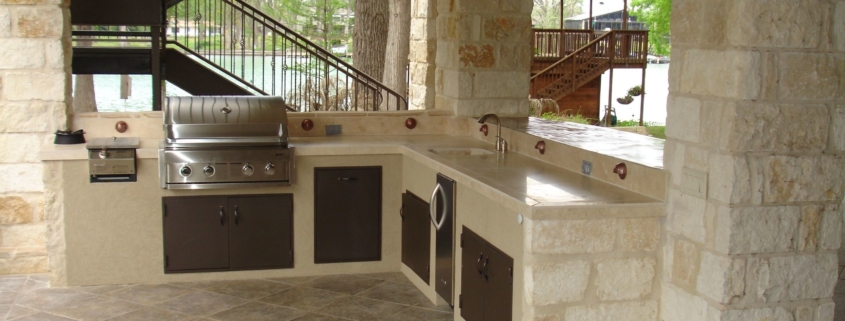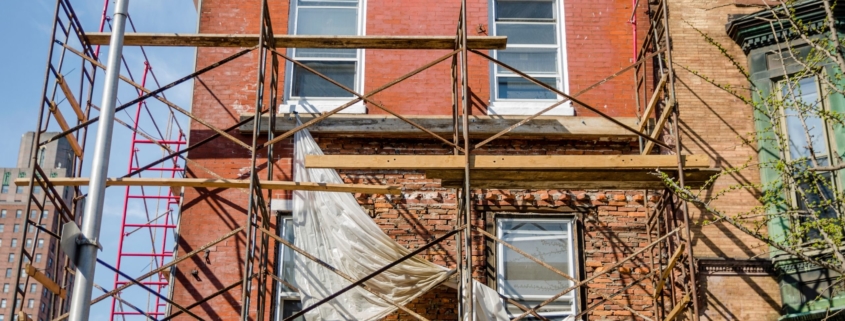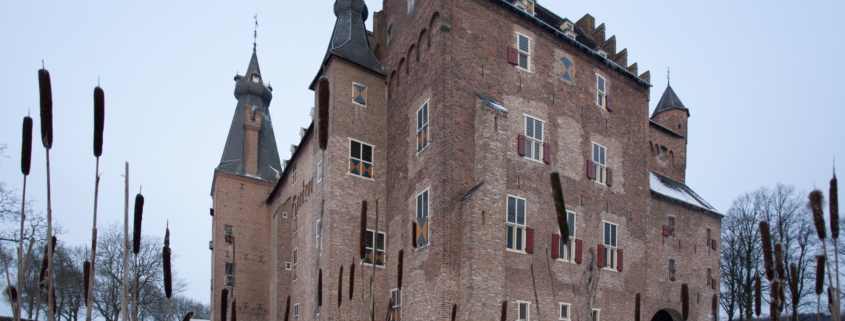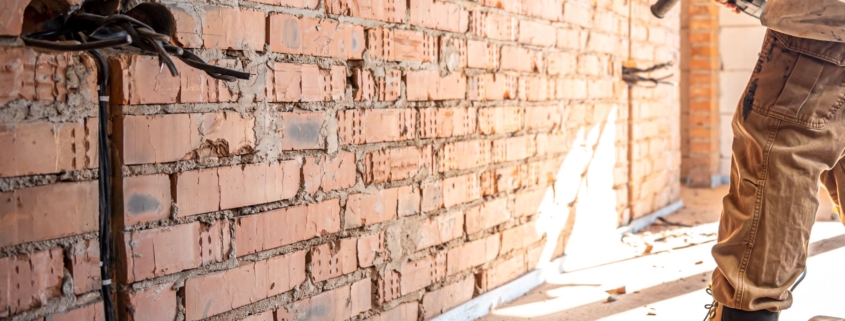Property owners face myriad challenges; among the most critical is the foundation’s potential exposure to moisture and water damage due to its direct contact with the ground. Homeowners and property managers must take the necessary precautions to safeguard their property’s foundations against such damage, which can lead to costly repairs or premature failure.
In this guide, we will discuss the importance of foundation waterproofing, delve into the diverse methods used to secure foundations from moisture intrusion and highlight the benefits of employing our services for all your property’s waterproofing needs. Our goal is to ensure your understanding of foundation waterproofing’s significance and how it can help you maintain the structural integrity and comfort of your property.
Join us in examining the complexities of foundation waterproofing and how Red Robin Masonry stands ready to safeguard your property against potential harm, ensuring that your investment in our services offers the peace of mind you deserve.
The Importance of Foundation Waterproofing
Waterproofing your property’s foundation is crucial for several reasons. Maintaining structural integrity and proper foundation waterproofing provides long-term benefits and problem prevention. The key benefits include:
- Preventing water damage: Moisture intrusion can lead to foundation deterioration, causing structural instability and expensive repairs. Waterproofing effectively forms a barrier between your foundation and external moisture, keeping it safe and secure.
- Preserving property value: Waterproofing helps maintain your property’s value by preventing foundation damage and ensuring structural integrity – essential factors considered in property valuations.
- Mould and mildew prevention: Excessive moisture can result in mould and mildew growth, posing health risks to occupants and potentially causing unpleasant odours. Waterproofing keeps unwanted moisture at bay, protecting your home environment and indoor air quality.
- Improved energy efficiency: When water infiltrates your foundation, it can influence your property’s insulation capabilities. Waterproofing ensures a more energy-efficient home by preventing thermal transfer through the foundation walls, thus reducing heating and cooling costs.
By understanding the importance of foundation waterproofing, you can be proactive in protecting your property from damaging water infiltration, ensuring a safe and comfortable living environment.
Types of Foundation Waterproofing Solutions
There are several foundation waterproofing methods available, each with its advantages and limitations. To determine the most suitable solution for your property, it’s important to consider factors like soil type, property age, and local climate. Below are some of the most common foundation waterproofing solutions:
- Exterior waterproofing: This method involves excavating the area around your foundation walls to apply a waterproof membrane or coating. Exterior waterproofing forms a barrier on the external wall surface, preventing water penetration.
- Interior waterproofing: Also known as interior weeping tile systems, this solution involves installing a drainage system beneath the basement floor connected to a sump pump. This method redirects water away from your foundation to protect against leakage and flooding.
- Drainage solutions: Ensuring proper drainage around your property can be an essential aspect of foundation waterproofing. This may include sloping your landscape away from the foundation, installing gutters and downspouts, or implementing a French drain system.
Seeking professional guidance is vital when determining the optimal waterproofing solution for your property. We can assess your unique situation and recommend the most effective methods for ensuring a dry and secure foundation.
Deciding on the Right Waterproofing Solution for Your Property
Selecting the appropriate solution for your property’s foundation is a decision that must be carefully considered. Here’s a three-step guide to help you make an informed choice:
- Evaluate your property’s needs: Take into account factors like your property’s age, construction materials, location, and unique features, such as the presence of a basement or crawl space.
- Consider the best solution for your budget: Weigh the cost of various waterproofing solutions against their effectiveness, as well as the potential savings and peace of mind they can provide over time. Prioritizing long-term benefits is essential.
- Consult a trusted professional: Our skilled team can assess your property and make recommendations based on their experience and expertise, ensuring that the chosen solution is appropriate for your property’s unique needs.
By following this guide, you can arrive at an informed decision that guarantees optimal protection for your property’s foundation.
The Red Robin Masonry Difference
As Toronto’s most trusted masonry company, we are committed to providing high-quality foundation waterproofing services. By choosing our team for your waterproofing project, the benefits you receive include:
- Individualized assessments: Our team takes the time to evaluate and understand your property’s unique waterproofing needs, recommending tailored solutions to ensure optimal protection.
- Skilled professionals: Our knowledgeable and experienced staff employ the latest techniques and materials to provide superior foundation waterproofing services.
- Comprehensive solutions: We offer a range of waterproofing services catering to your property’s requirements. Whether it’s exterior waterproofing, interior systems, or drainage solutions, we have you covered.
Partner with Red Robin Masonry for Expert Foundation Waterproofing
Choose Red Robin Masonry to secure your property’s foundation and enjoy the peace of mind that comes with trusting a reputable service provider. Our team’s expertise and dedication to excellence ensure the protection and long-lasting durability of your home or commercial property. Contact us today for foundation waterproofing in Toronto and invest in a service that guarantees the stability, comfort, and value of your property for years to come.

